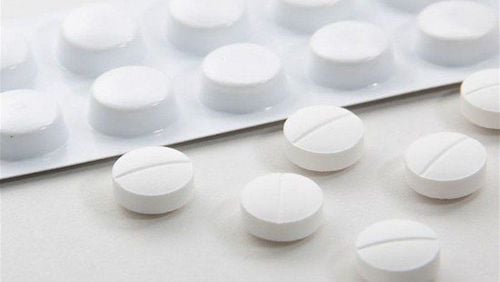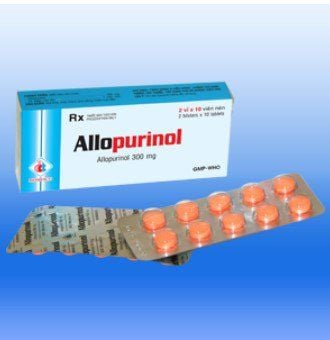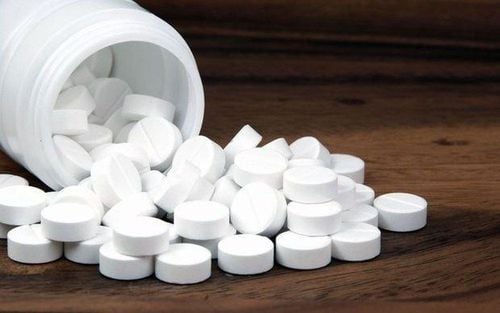This is an automatically translated article.
Hyperuricemia leading to gout is a relatively common finding in people treated with loop diuretics or thiazides. Furthermore, long-term diuretic therapy may contribute to new-onset or recurrent gout.
1. Gout physiology and uric acid metabolism in the body
Gout is monosodium urate crystal deposition disease, which is when uric acid levels are high in the serum. Meanwhile, stable serum urate levels are the result of a balance between production and excretion. Hyperuricemia is mainly when the excretion (mostly) by the kidneys is obstructed. In humans, urate is the final breakdown product of purine nucleotides, which make up cellular energy stores such as ATP, and of DNA and RNA both internally or to a lesser extent, eaten enter.
Increased formation of urate crystals is the cause of hyperuricemia and gout due to a number of well-defined enzyme defects and also occurs as a result of increased cell damage in some malignancy, polycythemia vera, or certain hemolytic disorders. Patients with increased urate production are classified as overproduced, and detection of increased urate excretion is considered a good way to detect the small number of patients whose gout results are due to enzyme defects — in part. in adults — or a tumor or other condition with rapid cell change.
2-thirds of urate excretion occurs in the kidneys, the rest is excreted through the intestines. In an estimated 85–90% of cases, gout is caused by poor urate excretion by the kidneys. Gout patients with normal or low uric acid excretion (low ureters) may be candidates for treatment with uricosuric agents with little risk of urolithiasis. Measurement of urate excretion has also been recommended to identify these patients.
Measurement of uric acid excretion is considered clinically relevant. However, although in most cases hyperuricemia is due to poor urate clearance, this has little application in patient management and has received little attention in the clinical setting. But it is this very argument that helps explain why so many patients have gout that develops on their body.
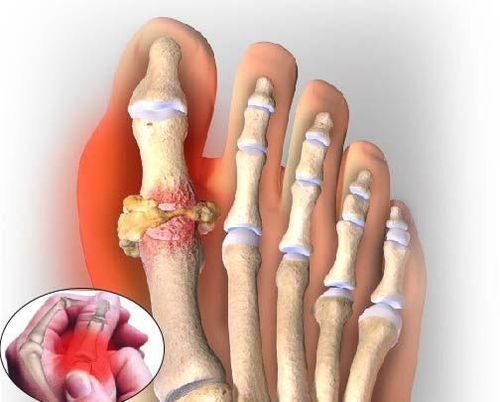
Bệnh gút là bệnh lắng đọng tinh thể monosodium urat
2. Why do diuretics increase uric acid?
Hyperuricemia is a well-publicized consequence of diuretic therapy, therefore, in current guidelines for the management of hypertension, gout is considered a contraindication to diuretics. pee.
Diuretics cause hyperuricemia by increasing urate reabsorption, although the exact mechanism has not been elucidated. Several theories have suggested that hyperuricemia occurs when diuretics produce enough salt and water to lead to volume contraction; this stimulates solute reabsorption in the proximal tubule and this effect is corrected by the use of lost fluid.
Different diuretics may have different effects on renal urate processing, but this has not been established with certainty; patients taking stronger loop diuretics had a higher risk of developing gout than patients taking weaker thiazides.
Some reports have shown that in gout patients who were given diuretics, their gout was related to the condition for which the diuretic was prescribed, rather than to the medication itself. These data are not surprising, because, as noted, diuretics are often prescribed for situations such as heart failure or hypertension, which in themselves are associated with urate clearance. least.
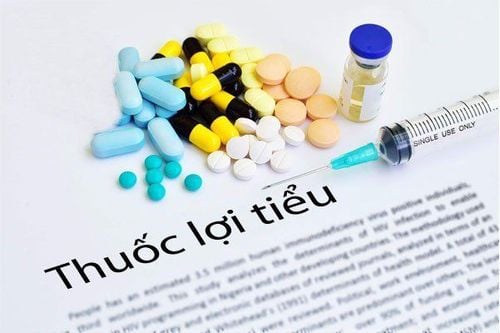
Các thuốc lợi tiểu khác nhau có thể có những tác dụng khác nhau đối với việc xử lý urat ở thận
3. Ways to help prevent gout
If treatment with diuretics is required, the patient should be instructed on measures that can be taken to reduce uric acid and prevent gout, including:
Build a healthy diet, mainly mainly vegetables, plant proteins, low-fat dairy products and whole grains, while reducing meat and seafood portions; Drink little or no alcohol; Limit sugary drinks and limit foods and drinks containing high-fructose corn syrup; Lose weight and maintain a healthy weight based on body mass index; Provide enough water for the body by drinking plenty of water; Limit your intake of foods rich in purines, which form uric acid as they break down. Common purine-rich foods include liver, mackerel, herring, game, and sardines. In summary, the use of diuretics increases the risk of gout in patients with hypertension or cardiovascular disease in general. This is one of the side effects of diuretics that clinicians should consider when choosing a first-line agent. However, patients also need to be taught additional non-drug gout prevention measures at home, to minimize the risk of this side effect.
Please dial HOTLINE for more information or register for an appointment HERE. Download MyVinmec app to make appointments faster and to manage your bookings easily.
References: Mayoclinic.org,aafp.org, ncbi.nlm.nih.gov



